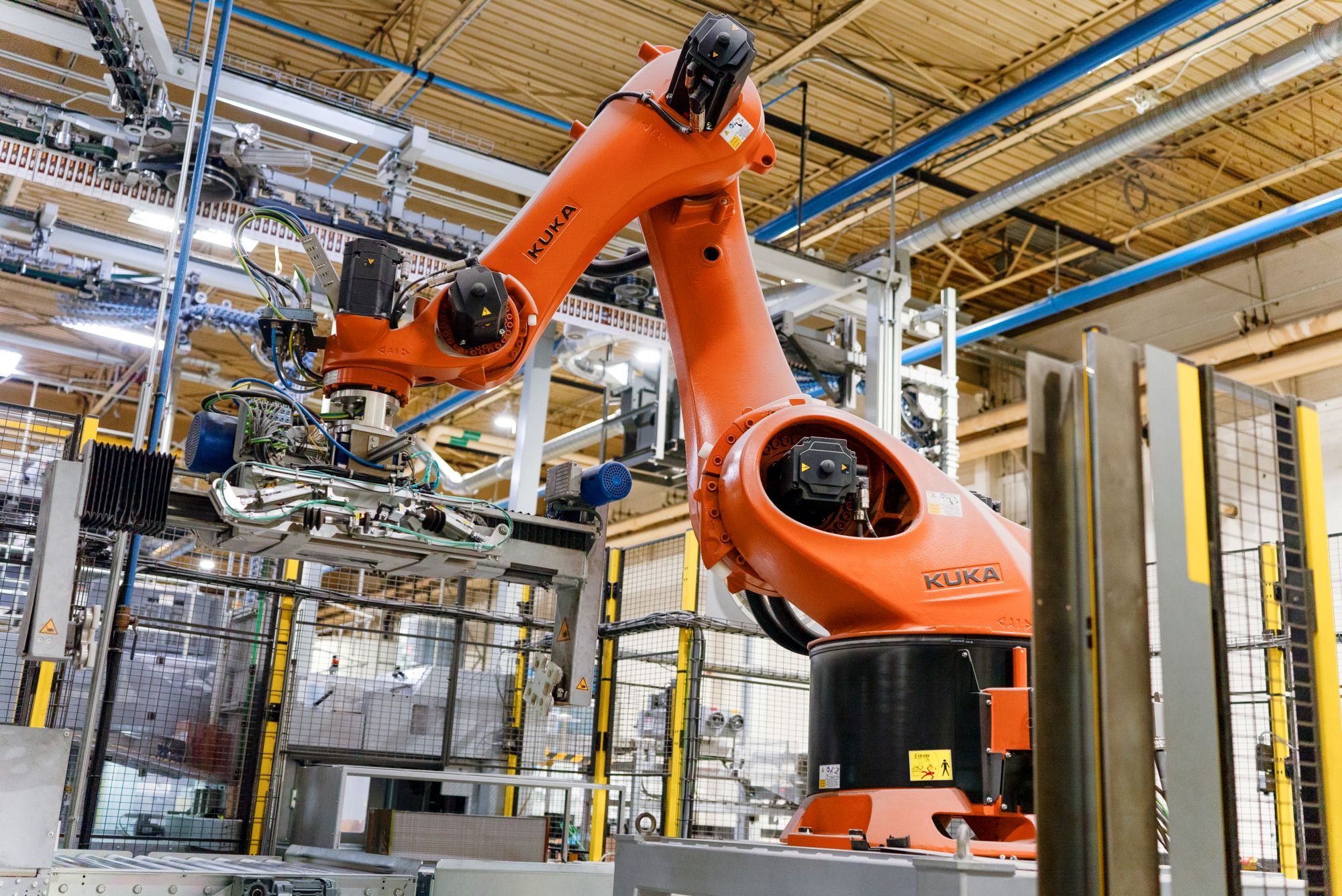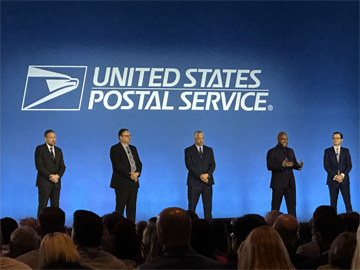Fry Communications: Blending Innovation with Tradition

The printing industry has always been a dynamic force—shaped by the evolving needs of communication, commerce, and creativity. At Fry Communications, we embrace this constant motion. For decades, we’ve stood at the intersection of tradition and innovation, where legacy craftsmanship meets forward-looking technology. Our commitment is twofold: to honor the trusted practices that have earned us our reputation for quality and service, while also investing strategically in the future—leveraging breakthroughs like artificial intelligence, automation, and 3D printing. This balanced approach allows us to offer our customers the best of both worlds: cutting-edge solutions delivered with the personalized attention and tailored service they’ve come to expect.
A Legacy of Innovation
Innovation is part of Fry’s DNA. From the early adoption of desktop publishing and computer-to-plate technology to groundbreaking advancements like Sunday presses, inline UV and cold foil systems, and 4-color inkjet presses, we’ve continually expanded the boundaries of what’s possible in print. Our integration of inserting machines, co-mailing, and robust online inventory systems keeps us agile and responsive to our clients’ evolving needs.
The revolution sparked by the personal computer transformed our operations—and we didn’t hesitate to act. Today, our equipment is driven by advanced IT systems, replacing outdated mechanical processes with software controls that boost precision, speed, and repeatability. Modern camera systems further enhance this, detecting and correcting on-the-fly variations both during printing and at the bindery.
AI, Cobots, and the Push for Efficiency
We are now in the era of artificial intelligence and collaborative robots (cobots). AI powers intelligent scheduling, predictive maintenance, and smarter quality control. Cobots—small, nimble robots designed to work safely beside humans—handle repetitive or ergonomically challenging tasks, improving consistency while lightening the load on our workforce.
These innovations are part of a broader strategy to manage the rising operational costs that are impacting the entire industry. From increasing postal rates to material and supply chain challenges, external pressures continue to drive up the cost of doing business. By investing in technology that enhances efficiency and reduces labor intensity, we are helping to stabilize our operations and absorb many of these market-driven cost increases—so our customers aren’t the only ones bearing the burden.
3D Printing: Our Next Frontier
Our investment in 3D printing is another exciting chapter in our evolution. This technology opens new doors for innovation and responsiveness. Specifically we are piloting a program for integrating 3D printing into our internal operations—particularly in parts replacement and maintenance. As supply chains tighten and critical machine components become less predictable and more expensive, our ability to manufacture replacement parts in-house enhances our dedicated mechanical maintenance program—giving us greater control, reducing downtime, and keeping production lines moving efficiently.
Rooted in Craftsmanship and Care
Despite all our technological advances, one thing has not changed: our belief in the value of skilled, hands-on work. Our press rooms along with our machine and hand bindery lines, continue to provide artisanal craftsmanship that can’t be automated—offering custom, intricate, and high-touch solutions that bring our clients’ visions to life.
Looking Ahead, Holding True
Fry Communications is future-facing, always scanning the horizon for what’s next. But we remain grounded in the same principles that have guided us since 1934: personal attention, reliability, and deep industry expertise. Our investments in technology are not a departure from who we are—they are an extension of our commitment to doing things better, faster, and smarter, while staying true to the people and practices that make Fry unique.



